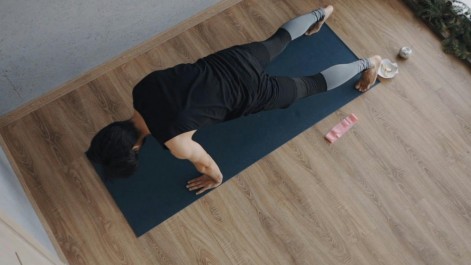Fainting
By Alexander Slesarenko
Fainting or syncope is a temporary loss of consciousness without the need for resuscitation. It is caused by a sudden decrease of blood flow to the brain and typically lasts a few seconds or minutes. Syncope can be a protective device (but not in all cases).
Fainting is accompanied by other symptoms such as light-headedness, sweating, palpitations, nausea, or nonspecific abdominal discomfort, feeling warm or cold, visual blurring, hearing problems with unusual sounds and a pale appearance. It is a common condition in the general population of 10-20% and first peaks in late adolescence to early adulthood. The second peak occurs in older age with a sharp rise thereafter when it can contribute to falls, strokes, and cardiac issues.
Underlying causes of syncope can be cardiac, cerebrovascular, and haemorrhagic.
Fainting leads to a change of body position – horizontal, allowing blood to overcome gravity and reach the heart and then the brain. It stops the work of oxygen-demanding-muscles, saving blood and oxygen for the brain. Blood pressure flattens out, treating low blood pressure that happens when you stand up quickly from sitting or lying down however, it can be a warning sign of severe underlying conditions. A patient can benefit by starting treatment (if accurately diagnosed).
Other causes are different types of cardiac arrythmias due to issues with the heart’s electrical conducting system. This can lead to irregular slowing down of the heart rate with irregular rhythm, skipping of a few heart beats which causes inadequate pumping of blood to the brain and results in syncope. If left untreated, it can lead to complete heart block and death.
Managing syncope will depend on the confirmed or suspected cause but immediate treatment would be:
- Assist the individual to the ground, chair, or stretcher to avoid traumatic injury
- Lay the patient face upward with legs elevated to help with venous return to the heart and to restore blood to the brain.
- Open the windows if inside to provide more oxygen for breathing.
- Call for help 111 NZ for additional assistance if necessary
- Assess vital signs (BP, pulse, respiratory rate)
- Observe other signs: pallor, excessive abnormal sweating or seizure activity
- Attempt to arouse the individual
- Start CPR if necessary.
Back to Blog







